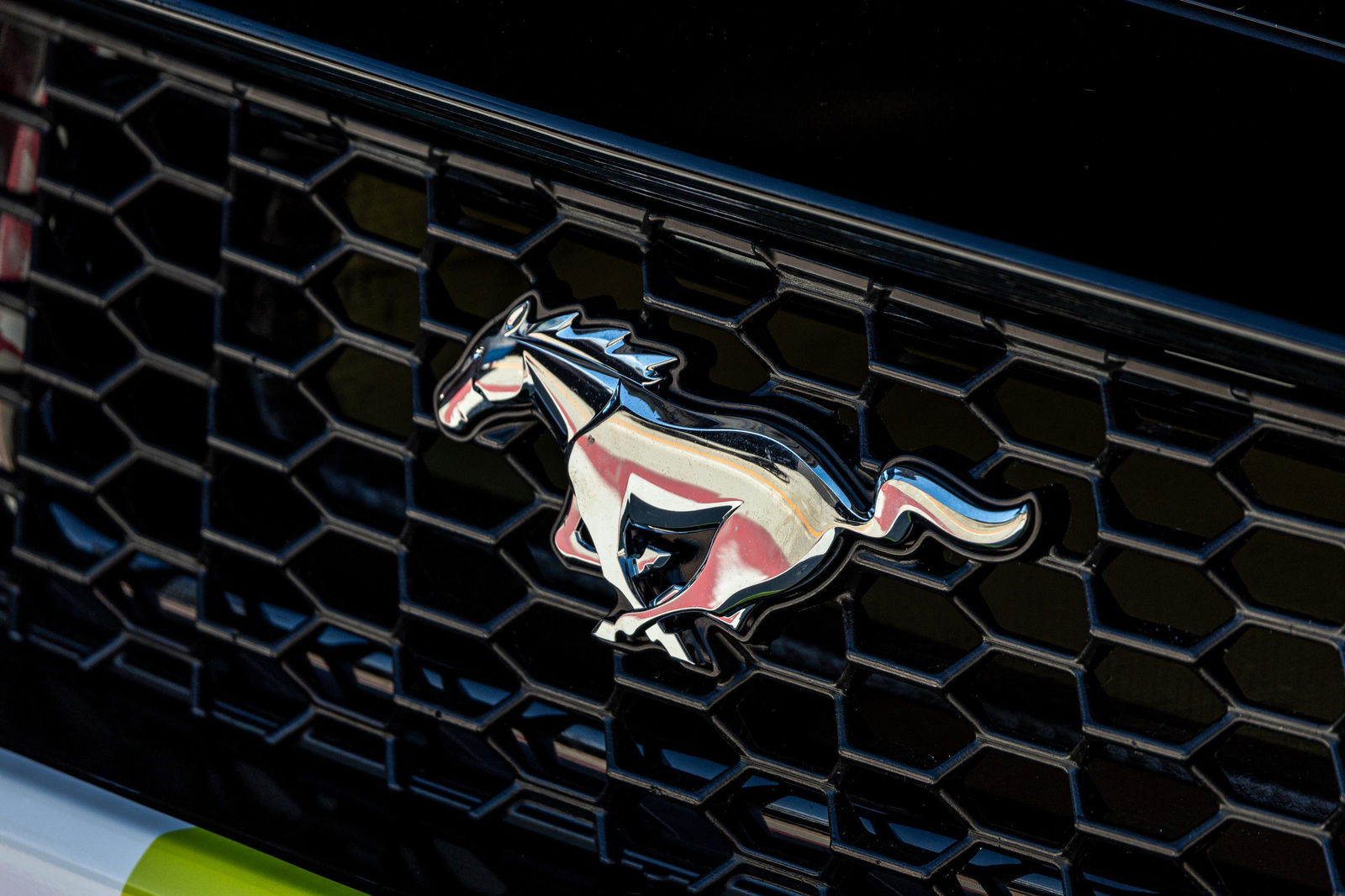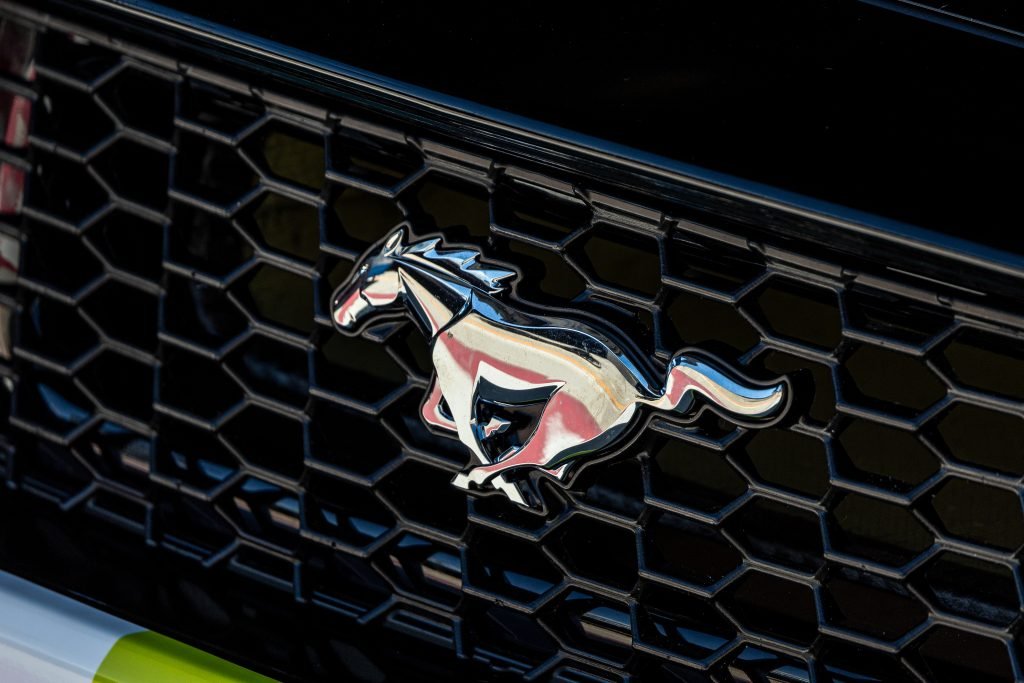

Transient performance of the overhead cam, 5.4-litre Ford engine compared to the 5.7-litre pushrod Chev unit looks to be one of the very few remaining questions regarding parity with the Gen3 cars.
There was evidence of a small difference between the motors at Bathurst last weekend, with the Camaros consistently slightly quicker in the speed trap down Conrod Straight.
The difference was significantly smaller than it was at times last season, though, giving hope that a final solution is close.
Dick Johnson Racing effectively took over the Ford engine programme for Herrod Performance Engines late last year and spent much of the off-season revising the Ford engine spec.
Among those changes was an upgraded fuel rail that is better optimised to the fuel injectors.
The rumour mill was in overdrive in Bathurst about the injector issue with suggestions that incorrect fitment had been hurting performance of the Ford engine.
Speedcafe sources have confirmed that there was indeed a fitment issues with the injectors and fuel rail on the 2023-spec motor.
That has now been rectified with the new fuel rail and is believed to have improved performance.
The next major step in engine development is set to be transient dyno testing in the US, which is set to take place in the first half of this year.
In the meantime, Supercars pulled four engines post-Bathurst 500 for its own assessment ahead of the Albert Park round.
It is not clear whether further software of hardware changes for the Ford will be green-lit before Albert Park, or have to wait until the US dyno programme is complete.




















Discussion about this post